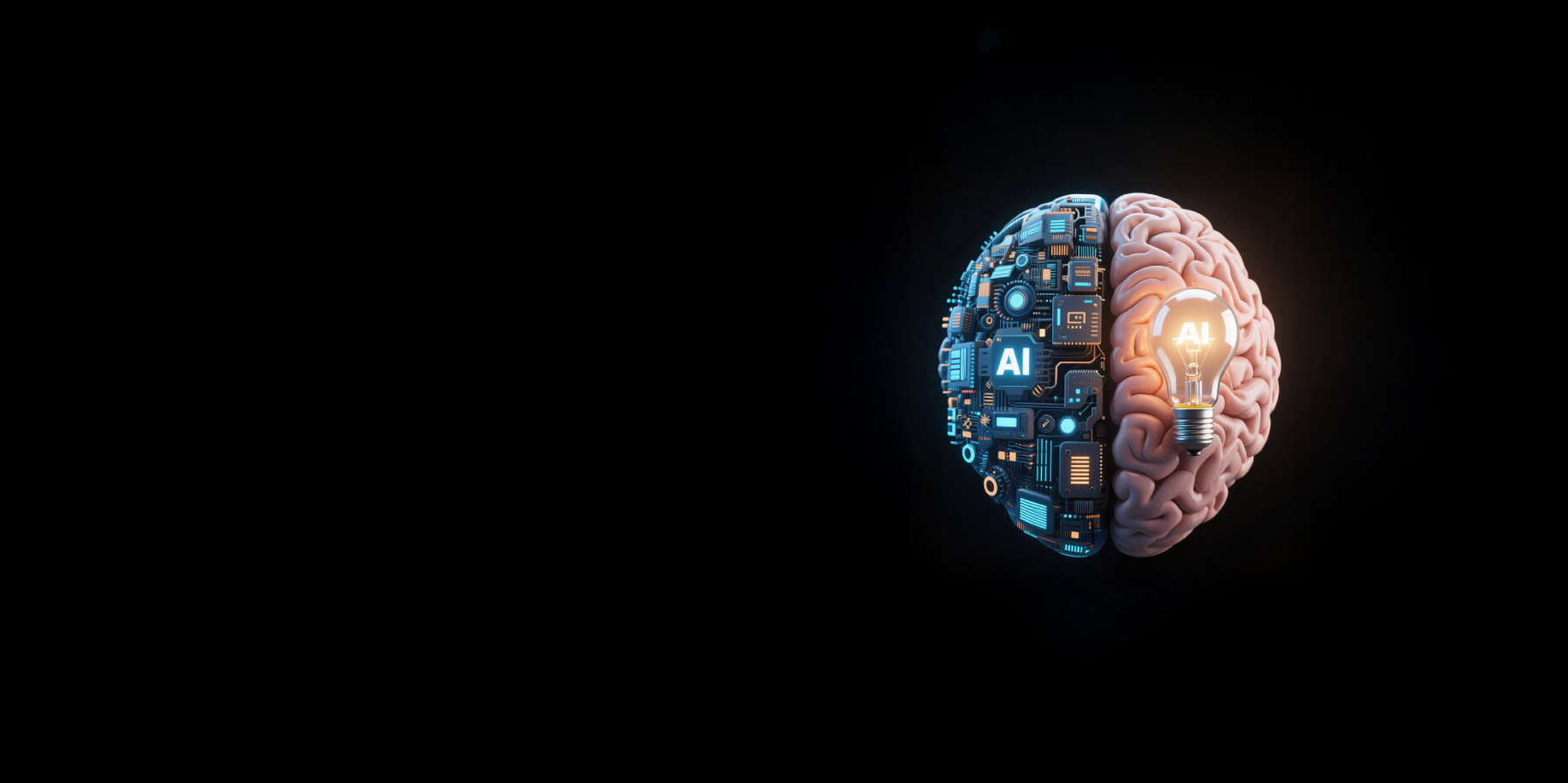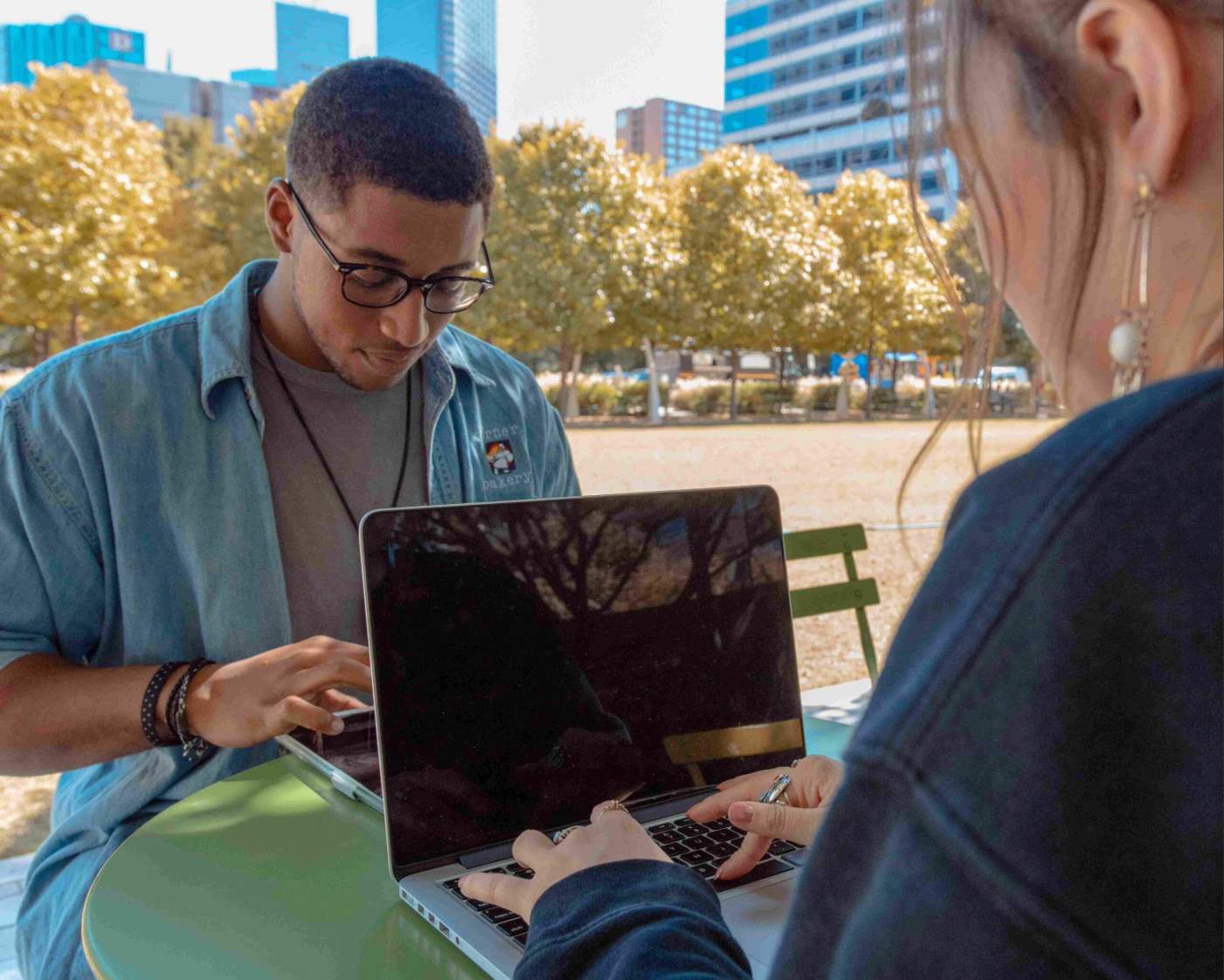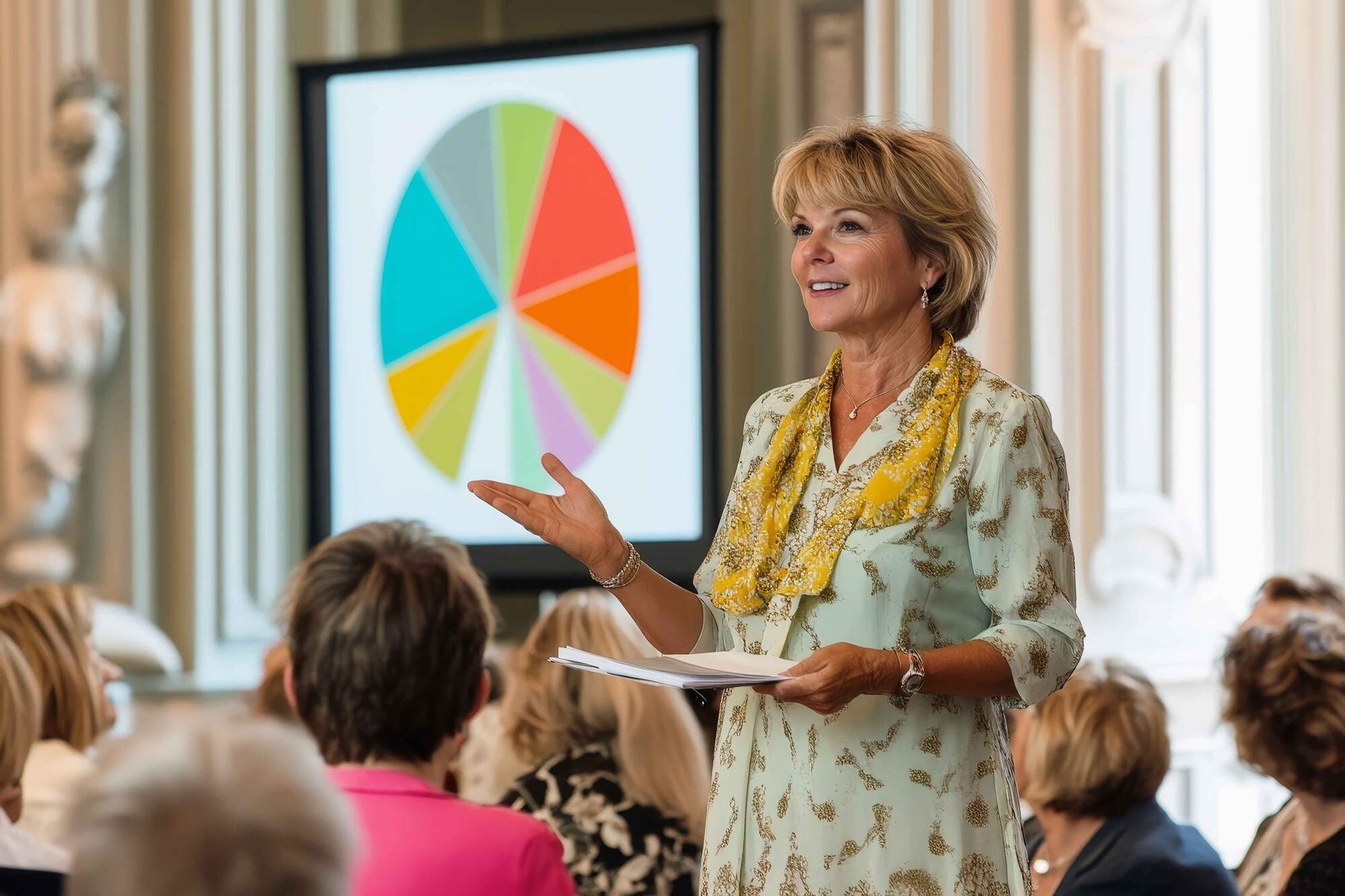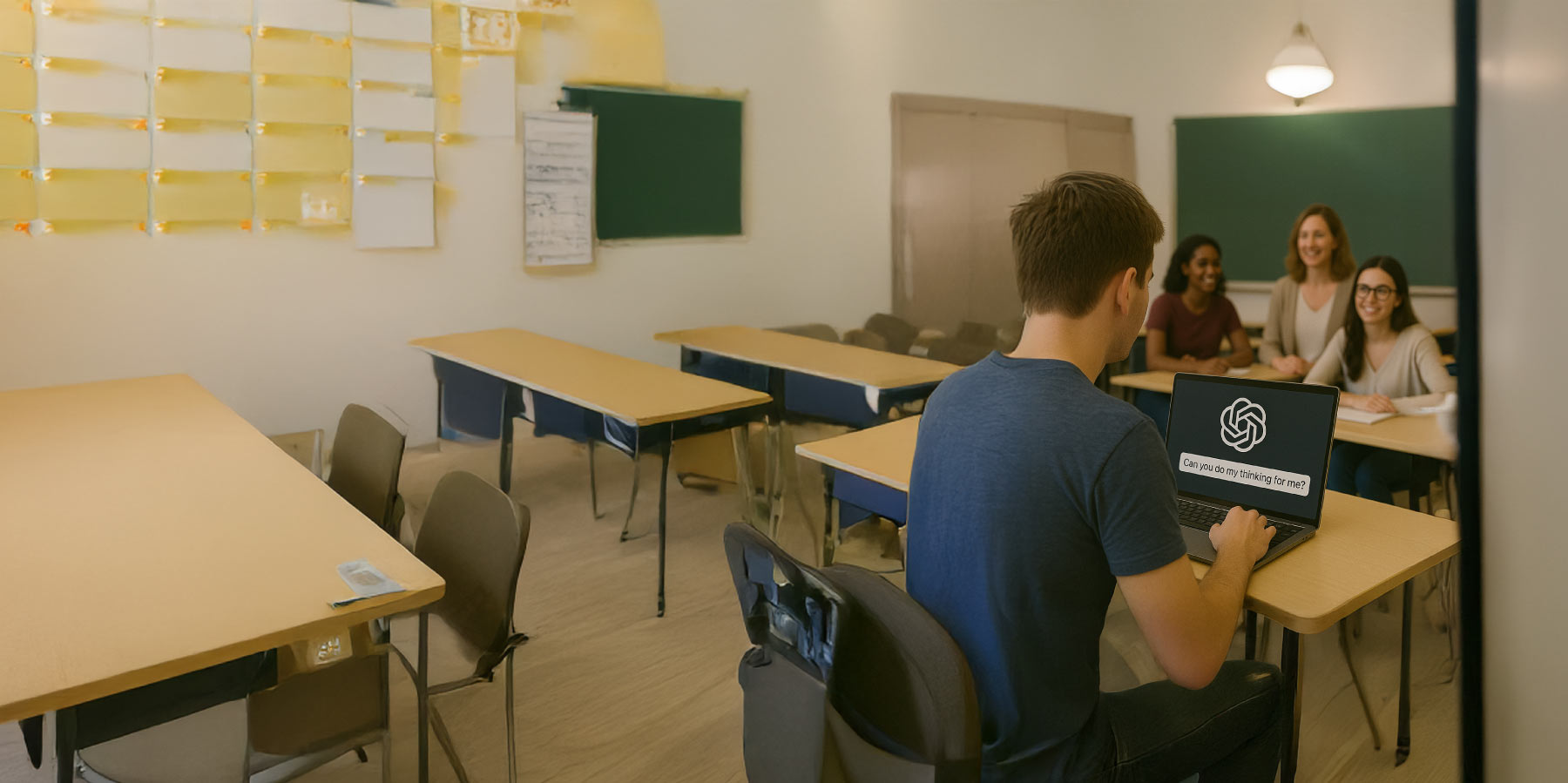COCO-MAT: The spartan mattress revolution
The Coco-Mat case tracks the development of the bedding brand from its initial concept in 1989 to the iconic status it had achieved by 2016. During that time, it went through a progressive refining of its customer proposition and brand values, developed a global retail network and expanded into hotels and wood bikes, among other areas. Back in 1989, Paul and Mike Efmorfidis embarked on a wild journey to develop an original, Greecebased sleeping system company. At the end of 2015, Coco-Mat was running stores in 14 countries, employed 250+ people, most of them in Greece, and this was nowhere close to the end of the story, barely an appetizer. They had started on a beach with virtually nothing, invented new concepts in an industry they knew little about and they could only be described as fairly resistant to change. They withstood one of the worst economic crises ever seen by a country, and they were now discussing further international expansion and accelerating growth. Could they continue to operate with their initial business model? Was it time to solidify the company and install more systems and structure? How could they retain their agility? What kind of culture did they want to establish for the company and leave behind as a legacy? The past had been nothing short of amazing but where should they take the company next?
- Managing growth
- Developing an iconic brand
- Sustainability in the business model
- Hospitality
- Service models
- Competitive dynamics
- Synergies
- Strategic positioning
- Corporate agility
- Entrepreneurship
- Emerging market issues
- Building on localness
Coco-Mat, Consumer Goods, Household Cleaners
1989-2017
Cranfield University
Wharley End Beds MK43 0JR, UK
Tel +44 (0)1234 750903
Email [email protected]
Harvard Business School Publishing
60 Harvard Way, Boston MA 02163, USA
Tel (800) 545-7685 Tel (617)-783-7600
Fax (617) 783-7666
Email [email protected]
NUCB Business School
1-3-1 Nishiki Naka
Nagoya Aichi, Japan 460-0003
Tel +81 52 20 38 111
Email [email protected]
IMD retains all proprietary interests in its case studies and notes. Without prior written permission, IMD cases and notes may not be reproduced, used, translated, included in books or other publications, distributed in any form or by any means, stored in a database or in other retrieval systems. For additional copyright information related to case studies, please contact Case Services.
Research Information & Knowledge Hub for additional information on IMD publications

Los profesionales que utilizan la IA de forma disciplinada para perfeccionar su pensamiento cognitivo a lo largo del tiempo serán los ganadores a largo plazo.

Encuentre el equilibrio adecuado entre apertura y control con esta lista de verificación y cuatro pasos clave para generar confianza en el liderazgo y las relaciones de equipo.

LGBTQ+ inclusion in the workplace boosts performance and resilience, yet most Swiss firms lag behind. Discover how leaders can close the DE&I gap.

Gideon Rachman, Financial Times Chief Foreign Affairs Commentator and author, offers expert analysis on global politics, economics, and leadership.

Leaders should challenge their assumptions about Generation Z to build more meaningful connections.

Una ejecutiva de alto rendimiento tiene dificultades con la confianza y la toma de decisiones. Recurre al coaching ejecutivo para recuperar el control, potenciar sus habilidades de liderazgo y desarrollar su carrera profesional.

With organizations experiencing unprecedented levels of leadership burnout, Nele Dael identifies three ways to help your people integrate recovery into even the busiest schedule.

AI and education intersect on a fine line between boosting critical thinking and risking cognitive decline, a challenge educators and talent leaders must address.

Many C-suite executives are torn between the need for a green transition and maintaining a competitive advantage. Here are five ways to find a clear path ahead.

Following on from Part 1 of our series on “undiscussables”, here are ways to tackle team dynamics where people say but don’t mean, professing publicly to espouse values and attitudes that they don’t actually share.
Research Information & Knowledge Hub for additional information on IMD publications
Research Information & Knowledge Hub for additional information on IMD publications
in I by IMD
Research Information & Knowledge Hub for additional information on IMD publications
Research Information & Knowledge Hub for additional information on IMD publications
in I by IMD
Research Information & Knowledge Hub for additional information on IMD publications
in I by IMD
Research Information & Knowledge Hub for additional information on IMD publications
in I by IMD
Research Information & Knowledge Hub for additional information on IMD publications
Research Information & Knowledge Hub for additional information on IMD publications
in I by IMD
Research Information & Knowledge Hub for additional information on IMD publications
Research Information & Knowledge Hub for additional information on IMD publications

